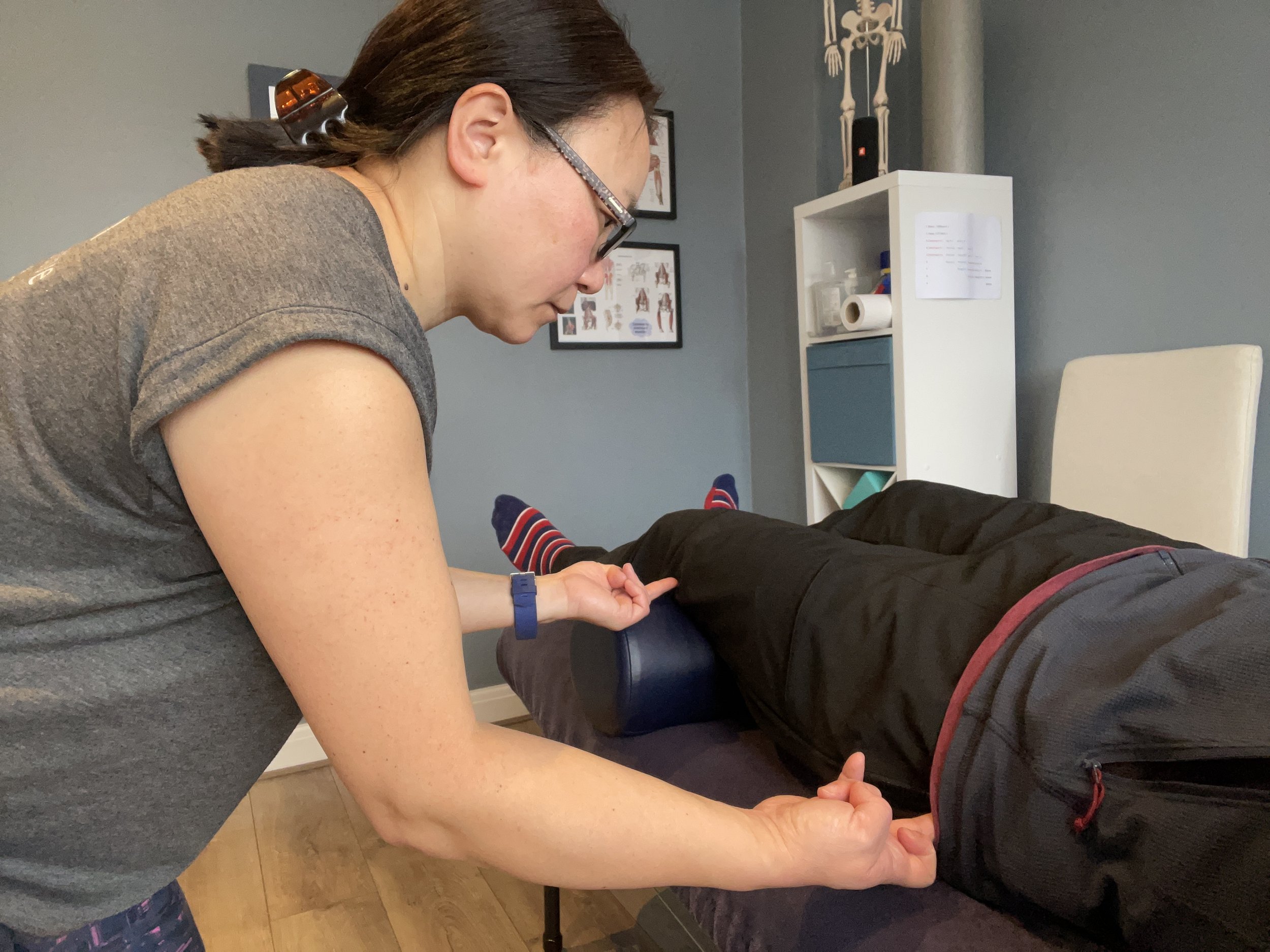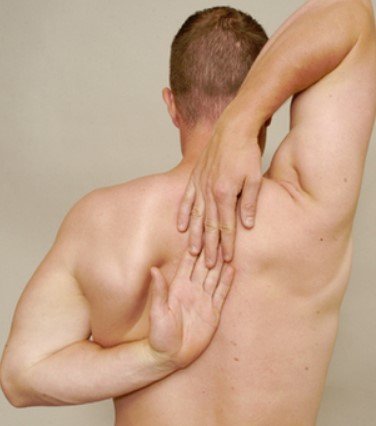Most people lack the full range of movement in their shoulders because they rarely use the full range. If you’ve spent most of your life sitting at a desk, you’re likely to have stiff shoulders.
Our shoulders are designed to make a lot of movement, but this also leaves them at higher risk of developing injuries, hence shoulder injuries are extremely common.
If you have restricted movement and stiffness, but no pain. This is a great time to do some preventative work. This could save you from a lot of pain and lost sleep later on.
Those of us who have suffered from shoulder injuries know exactly what a pain they are and also how long they take to recover. Once you develop shoulder pain, it can be a persistent problem, interfering with daily activities and diminishing quality of life. Therefore, everyone should be taking preventative action.
What can you do to prevent a shoulder injury?
Soft tissue therapy is a fantastic way to improve shoulder movement. My preferred therapy is Emmett Technique combined with targeted exercises.
Soft Tissue Therapy
The Emmett Technique is a gentle, non-invasive therapy that focuses on releasing tension and restoring balance in the body. By applying light pressure to specific points on the muscles, I can help alleviate pain, reduce tension and improve mobility in the shoulder and surrounding areas.
Many people find relief from shoulder pain after just one session, although multiple sessions may be needed for lasting results.
use a band to strengthen your shoulder
Targeted Exercise
Improving the way the shoulder moves, reduces the risk of over stretching and strain to the muscles. Exercises such as shoulder rolls, arm circles, and resistance band exercises, can help strengthen and stabilise the joint, reducing the risk of future pain and injury.
Regularly taking your shoulders through their full range of motion without over stressing them can help maintain the mobility.
Improve your upper back mobility
Your body doesn’t work as separate parts, it is interconnected to other areas of your body and your shoulders are massively affected by your upper back and how your rib cage moves. Simple cat cow stretches can improve your upper back mobility which in turn will help your shoulder move more freely.
Do your shoulders have poor range of movement? Would you like help improving their movement? Book your complimentary call now.
I am Sabrina Qua - Soft Tissue Therapist, Movement Coach and Personal Trainer based in Worcester Park, Epsom, who helps people resolve or significantly reduce their muscular aches and pains through an integrative approach, so they can live active, enjoyable lives. More tips and information available in my Facebook group Reduce Pain and Move Better.
If you would like help reducing pain or getting stronger and fitter, book your complimentary exploratory call now.


















